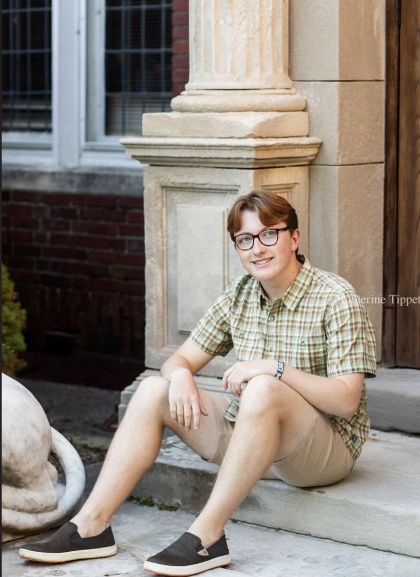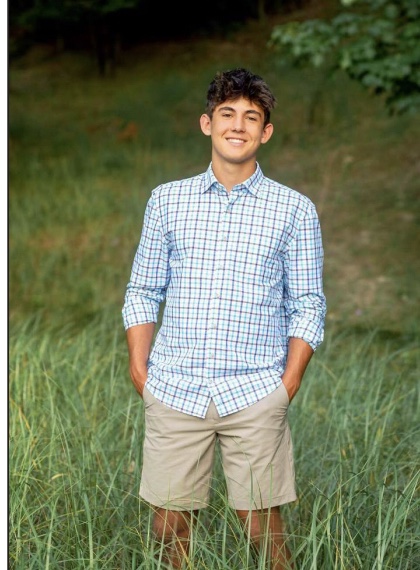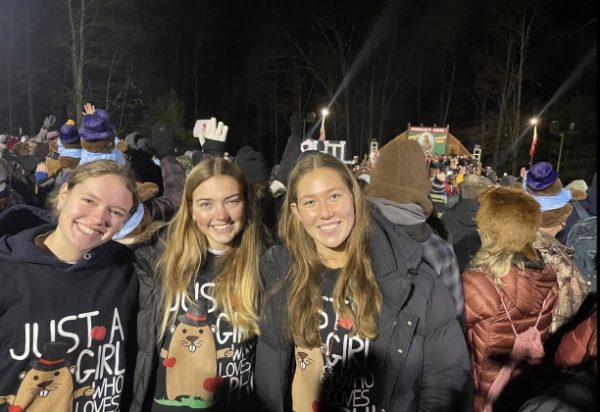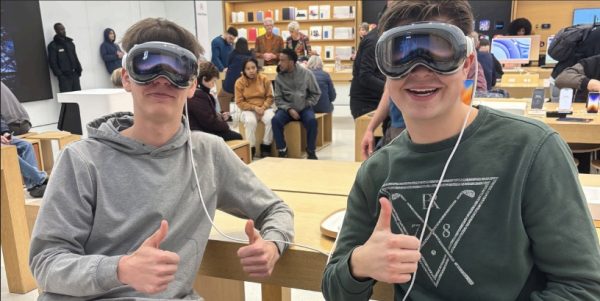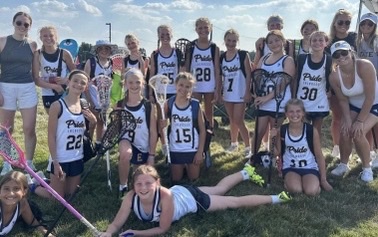A look into East Grand Rapid’s first and second generation immigrant community
The East Grand Rapids Public Schools mission statement reads, “Educating and Inspiring Each Student to Navigate Successfully in a Global Community.” It provides an interesting perspective into our community of immigrants who also navigate several cultures, in school and out.
“I was lucky enough to grow up with multiple cultures in my life,” Viola Verduzio ‘24 said. “It adds to the depth of my perception… I have multiple ways of viewing things.”
Verduzio moved to the United States from Turin, Italy after her father accepted a job offer in the United States. Originally, her family expected to leave after three years at most.
“We became comfortable in the new setting— we actually really liked it,” Verduzio said. “We were in a good neighborhood and started creating new relationships, so my parents decided to stay in the U.S. for another couple years and apply for our green cards.”
Similarly, Noah Duffner’s family moved to the U.S. from Europe at a much younger age.
“I was really young, like six or seven months,” Duffner ‘23 said. “My mom was originally from the U.S. and she felt more comfortable in the States raising a child. I feel like East Grand Rapids does a good job welcoming new students, particularly those from elsewhere in the world.”
Safina Saydazamova ‘25 also immigrated to the United States at only the age of one.
“My parents moved to Michigan on the basis of freedom of religion. In Uzbekistan my parents weren’t able to embrace their faith so they immigrated to America to freely practice the religion they believed in,” Saydazamova said.
Similarly to Duffner, Saydazamova’s parents sought better chances for their children.
“They moved to America to give my siblings and I more opportunities for our futures and to further pursue their idea of the American dream,” Saydazamova said.
More recently immigrated, however, is Nitsan Tal ‘23, from Israel. His family moved to the United States when he was 13 years old.
“My parents always wanted to move to the U.S., especially as Israel is a stressful place to live in for various reasons,” Tal said. “My mom was born in the U.S. … so it was easier for my brother and I to become [U.S. citizens].”
The move came with some complications for Nitsan.
“It was difficult at first, especially making friends and getting used to being away from extended family and friends for a long time,” Tal said. “I had, and still have from time to time, intense periods where I feel that I really want to go back, but when I really think about it I know that I am better off here,” Tal said.
Miro Alan Alagoz ‘25, from Turkey, moved to the United States when he was nine. His family moved from Turkey due to the growing antidemocratic and oppressive Turkish government.
“I’m Kurdish… around 30 to 40 million of the 80 million population in Turkey is Kurdish, but they are also the group that is most discriminated against,” Alagoz said.
“My dad was a well-known politician for the Human Rights Party which represented everybody who is not Turkish and everybody who is not Muslim, because if you are not Turkish and Muslim in Turkey it’s not the greatest place to be,” Alagoz said. “The dictatorship really struck down on them and it became a dangerous place for [the party] to be… we decided it would be greatest to move out,” Alagoz said.
For Alagoz, being an immigrant student has given him a perspective in life that many other students do not have.
“I’ve probably lived to experience a lot of stuff that a lot of people my age probably didn’t. Living in a country where you being you and being proud of it is a literal crime that can get you thrown in prison… reading, teaching, and speaking Kurdish is illegal so I know Kurdish but I can’t write it because it’s much easier to learn something verbally than learn something written,” Alagoz said. “When I was first [in Turkey] it was a stronger Turkey with an amazing boom in economy and when I was leaving the decline really started, and the persecutions started to happen,” Alagoz said.
For Saydazamova, the same holds true.
“I believe my life is more unique than most because of the different cultures I immerse myself in. American culture and Uzbek cultural values contradict each other but over time I have developed my own way to balance both,” Saydazamova said. “I have shaped a different outlook on life while doing so,” Saydazamova said.
Despite the cultural differences, the U.S. has become what she considers her home.
“Even though I was born in a different country the U.S. will always be where I call home. I have been able to establish my roots here through all the relationships I’ve developed and communities I have become a part of to help myself create a life that I would’ve never had in Uzbekistan,” Saydazamova said.
As for Nitsan, the cultural difference gives him an opportunity to share his personal situation with others.
“A very different lifestyle from living in another country gives me first-hand knowledge about Israel, and I am able to explain to people the situation there. Thus, I can also give perspective to other people,” Tal said. “I experience two different cultures, and bring a different perspective to the school.”
Verduzio agrees with the sentiment that the aforementioned students share.
“I think any multicultural person has a perspective that most people don’t. Sometimes it feels like I can see things in a sort of ‘American way’ or an ‘Italian way,” Verduzio said. “I especially notice how different people see things when I go back home over the summer or winter, it’s insightful as it proves just how powerful culture is in shaping an individual.”
If you ever notice you have a class, a sports team, or otherwise some school organization with a student from another country, go ahead and ask what their perspective is on certain things: you might just expand your own perspective. As Noah Duffner simply puts it, “being an immigrant student means bringing a different perspective to conversations.”

